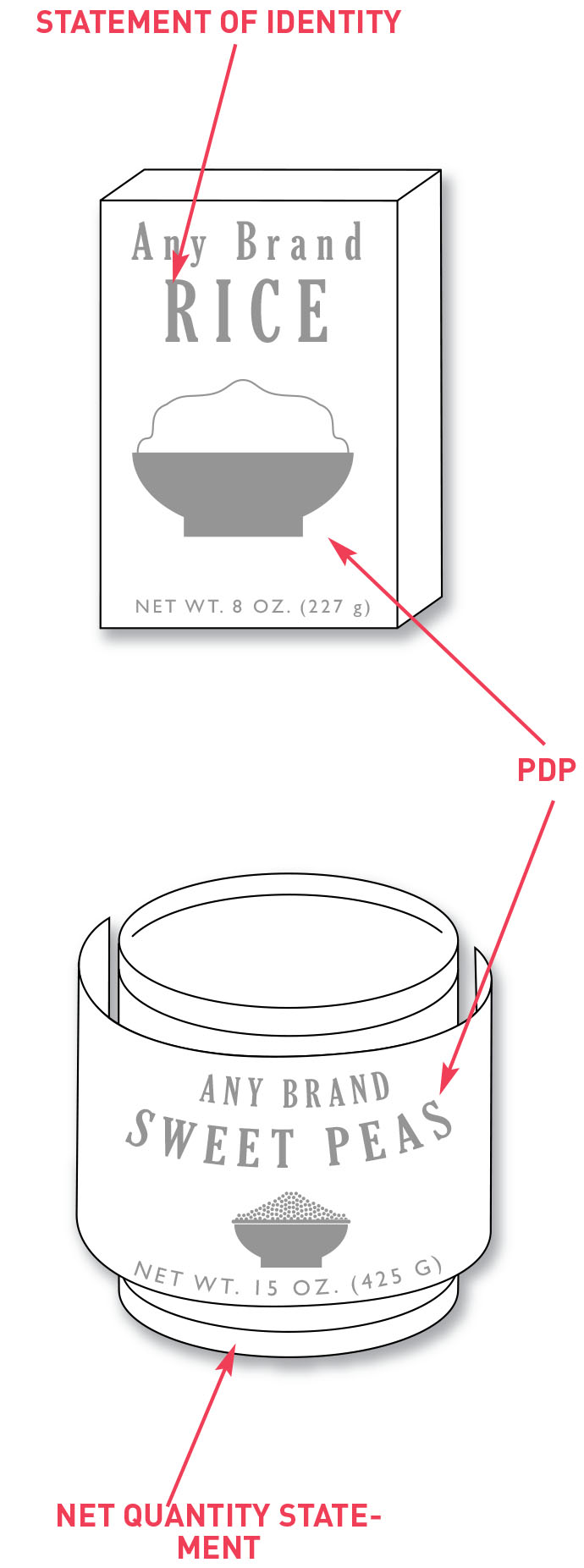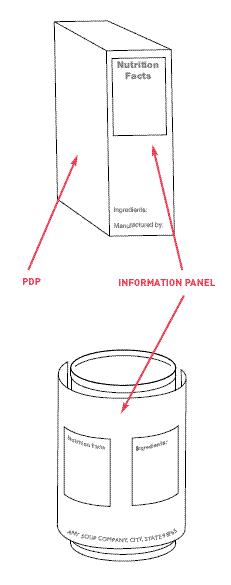Packaging Design
Labels and packaging your products is often your first touch point with your customers. On-shelf products must stand alone and the the packaging speaks volumes about what a customer will find on the inside. Knowing your perfect customer is the key to getting this right. Materials – style – design – look and feel are what instantly goes through a customers mind. It happens on an instinctive level.

Eye Catching
Creative eye catching packaging designs that capture the personality of your brand create interest. Take your products to a new level and consider something out of the box.

Remove barriers to purchase
Show exactly what your products contain or do without your customers having to guess. Shape and colour can be used to grab attention. Make your packaging enticing. Your packaging should make people want to touch, feel, pick up and handle your products. This simple idea of shaping the packaging like the fruit shape combined with the fruit colour and finishing it with a photo graphic on the lid creates an experience with in the product itself.
Labels for Products
Label Design always should work hand in hand with your product packaging. Whether you are using pre-designed packing or if you are customizing it yourself its important to make sure your label design works perfectly. We prefer to start with a holistic approach. Just as with packaging design the labels need to perform their function first. They must support your brand in shape, colour and content.
Things to think about when designing labels
1. Where should your label statements be placed on containers and packages?
Answer: There are two ways to label packages and containers:
- Place all required label statements on the front label PDP(principal display panel) or
- Place certain specified label statements on the PDP and other labeling on the information panel (the label panel immediately to the right of the PDP, looking face on to the product).
2. What are the PDP and the alternate PDP?
Answer: The PDP, is the portion of the package label that is most likely to be seen by the consumer. Many containers are designed with two or more different surfaces that wor as the PDP.
3. What label statements must appear on the PDP?
Answer: Place the statement of identity, or name of the food, and the net quantity statement, or amount of product, on the PDP and on the alternate PDP.
4. Which label panel is the information panel?
Answer: The information panel is the label panel immediately to the right of the PDP, as displayed to the consumer. If this panel is not usable, due to package design and construction, (e.g., folded flaps), then the information panel is the next label panel immediately to the right.

5. What is information panel labeling?
Answer: The phrase “information panel labeling” refers to the label statements that are generally required to be placed together, without any intervening material, on the information panel, if such labeling does not appear on the PDP. These label statements include the name and address of the manufacturer, packer or distributor, the ingredient list, nutrition labeling and any required allergy labeling.
6. What type size, prominence and conspicuousness is required?
Answer: For information panel labeling, use a print or type size that is prominent, conspicuous and easy to read. Use letters that are at least 1.58mm in height based on the lower case letter “o”. The letters must not be more than three times as high as they are wide, and the lettering must contrast sufficiently with the background so as to be easy to read. Do not crowd required labeling with artwork or non-required labeling.
Smaller type sizes may be used for information panel labeling on very small food packages
Different type sizes are specified for the Nutrition Facts label.
7. What name and address must be listed on the label?
Answer: Food labels must list:
- Name and address of the manufacturer, packer or distributor. Unless the name given is the actual manufacturer, it must be accompanied by a qualifying phrase which states the firm’s relation to the product (e.g., “manufactured for “or “distributed by”);
- Street address of the business name and address are not listed in a current city directory or telephone book
- City or town
- State
- Post code.
